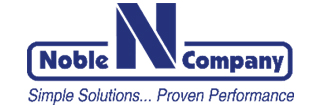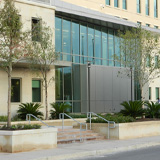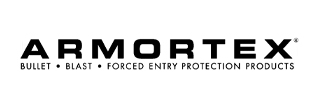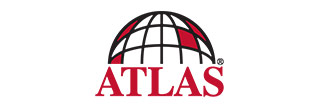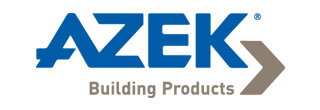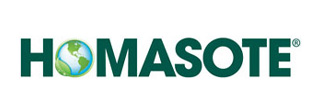JOIN US EACH AFTERNOON • FREE TO ATTEND!
Web-Series for California, Alaska, & Hawaii

Web-Series for California, Alaska, & Hawaii
Event Dates
Monday, February 8 | Tuesday, February 9 | Wednesday, February 10 | Thursday, February 11
Available Credits
8 AIA HSW/LU CE Hour(s)
2 GBCI General Hour
Event Agenda
Monday, February 8, 2021
Monday, February 8, 2021 | 3:00 pm Central
|
Sponsored By DaVinci Roofscapes 1 AIA HSW/LU CE Hour(s) Learning Objectives:
|
Monday, February 8, 2021 | 4:00 pm Central
|
Sponsored By PROSOCO 1 AIA HSW/LU CE Hour(s) 1 GBCI General Hour Learning Objectives:
|
Tuesday, February 9, 2021
Tuesday, February 9, 2021 | 3:00 pm Central
|
Sponsored By Ron Blank & Associates Inc. 1 AIA HSW/LU CE Hour(s) Learning Objectives:
|
Tuesday, February 9, 2021 | 4:00 pm Central
|
Sponsored By Noble Company 1 AIA HSW/LU CE Hour(s) 1 IDCEC HSW CEU(s) Learning Objectives:
|
Wednesday, February 10, 2021
Wednesday, February 10, 2021 | 3:00 pm Central
|
Sponsored By Armortex 1 AIA HSW/LU CE Hour(s) Learning Objectives:
|
Wednesday, February 10, 2021 | 4:00 pm Central
|
Sponsored By Atlas Roofing 1 AIA HSW/LU CE Hour(s) Learning Objectives:
|
Thursday, February 11, 2021
Thursday, February 11, 2021 | 3:00 pm Central
|
Sponsored By AZEK Building Products Presented By Nat Whitehurst 1 AIA HSW/LU CE Hour(s) Learning Objectives:
|
Thursday, February 11, 2021 | 4:00 pm Central
|
Sponsored By Homasote 1 AIA HSW/LU CE Hour(s) 1 GBCI General Hour Learning Objectives:
|
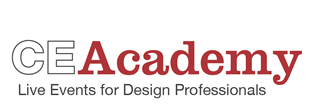
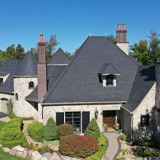


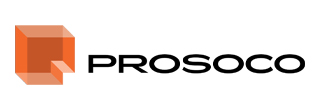
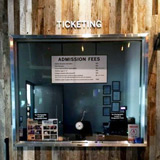
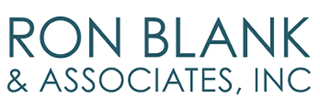
.jpg)
